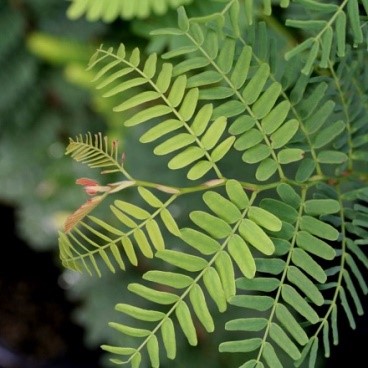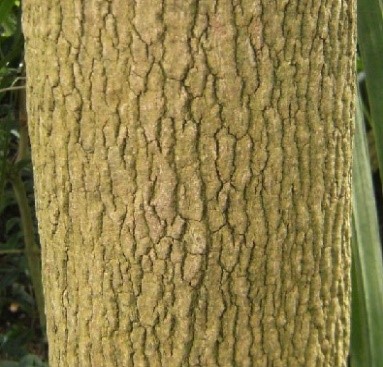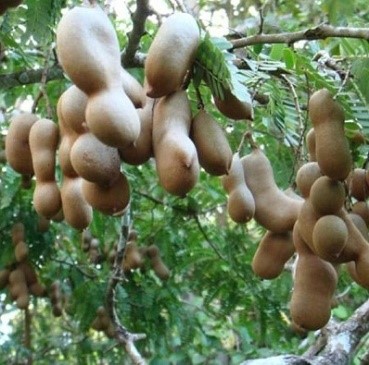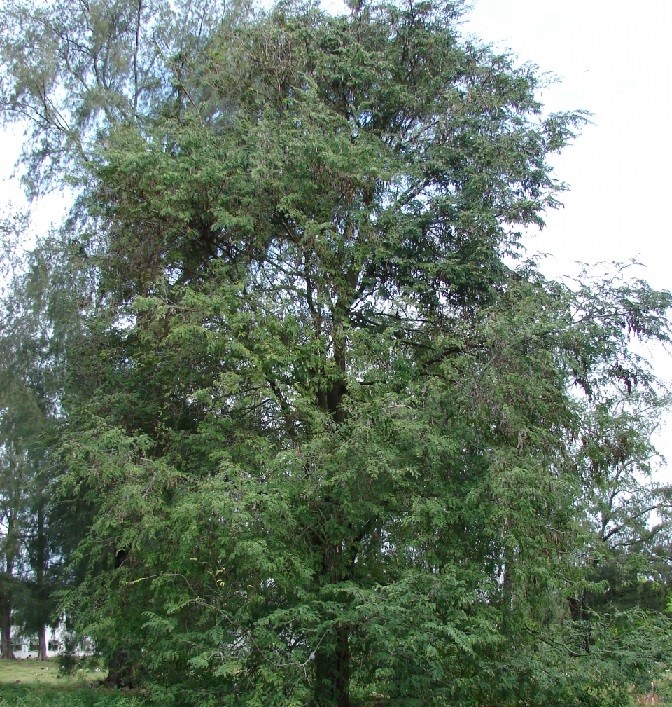Trees
Tamarindus indica Linn.
Tamarindus indica Linn.
Description :
A moderate to large-sized evergreen tree. At maturity heights to 25 m
and diameter of 3 m have been recorded. On large trees the trunk is buttressed.
The crown is wide, rounded and dense. The leaves are compound, 15 cm long and
divided into 9 to 12 pairs of leaflets. The leaflets are grey-green, smooth,
and linear to oblong approximately 1.5 cm long and have short stalks. The bark
is grey, cracked and scaly. The trunk is often forked into numerous large
stems. The flowers are small, yellowish with pink strips. They occur in loose
bunches around a central axis between March and May. The fruit is a pod 7.5 to
20 cm long, 2.5 cm wide, 1 cm thick and slightly curved. The color of the pod
is a greyish brown. It matures from June to July. It has no known insect or
disease problems. It is easily propagated by seed and by vegetative methods. It
begins to produce fruit about age 10 to 12. It is long lived but slow growing.
Height growth of young trees is approximately 0.5 to 0.8 m/yr. Closed grained
with radiating ramifications. Sapwood is yellowish white with reddish streaks.
Heartwood is dark purplish brown. Density is very hard, with a specific gravity
of 0.91 to 1.28. It has a calorific value between 4909 and 4969 kcals/kg.
Distribution :
The tree is native to tropical Africa and has been planted extensively
in tropical areas of Asia. It was introduced to Pakistan and India by Arab
traders. It is well established in the Sindh and in the Punjab as far north as
Jhelum. An intolerant tree that is adapted to a wide range of precipitation and
soil conditions. It grows best on deep alluvium soils but does well on dry sandy
soils. It is found in hot humid and dry tropical to sub-tropical climates with
temperature as high as 40°C and a precipitation zone of 250 to 1250 mm/yr. It
does not grow above 600 m elevation and is susceptible to frost damage.
Uses :
A long lived, drought resistant tree that should be an excellent farm
forestry tree in the Sindh, Balochistan and southern parts of the Punjab. Also
used in handles, fuel, charcoal, furniture, wheels and axles, fodder, food
(curries and pickles) medicinal (pulp is a mild laxative), apiculture and
ornamental purposes.



